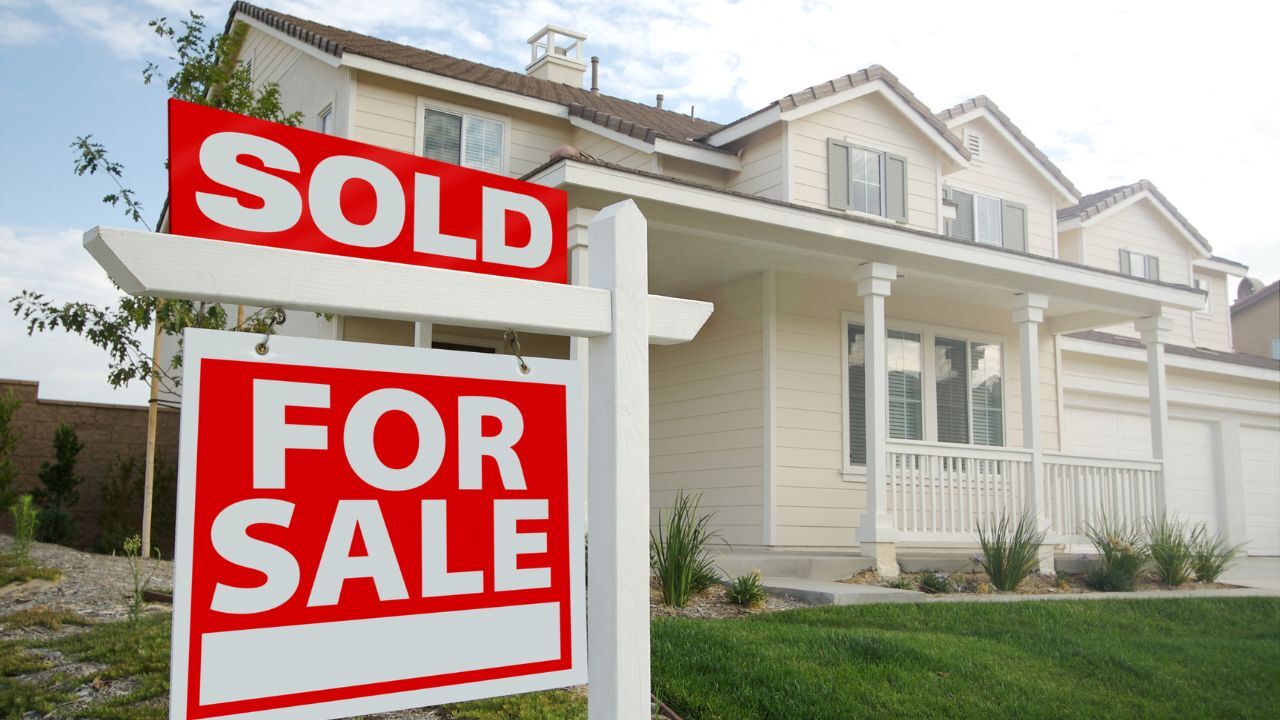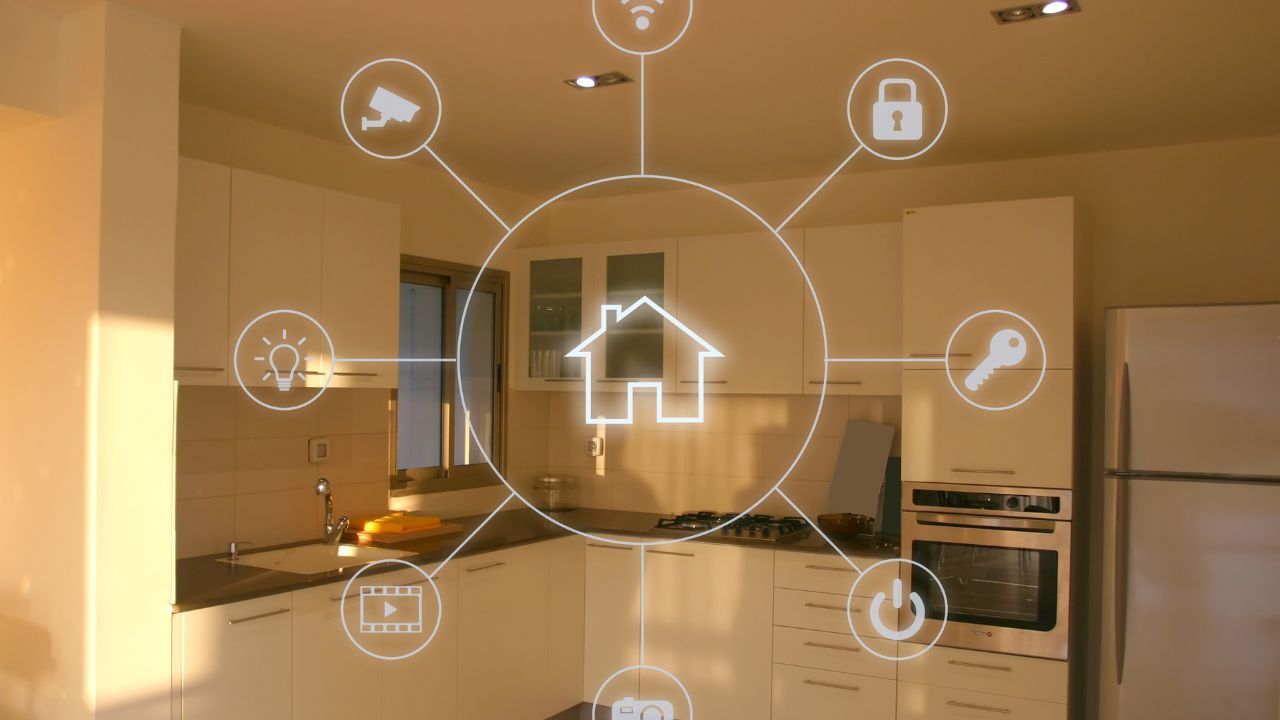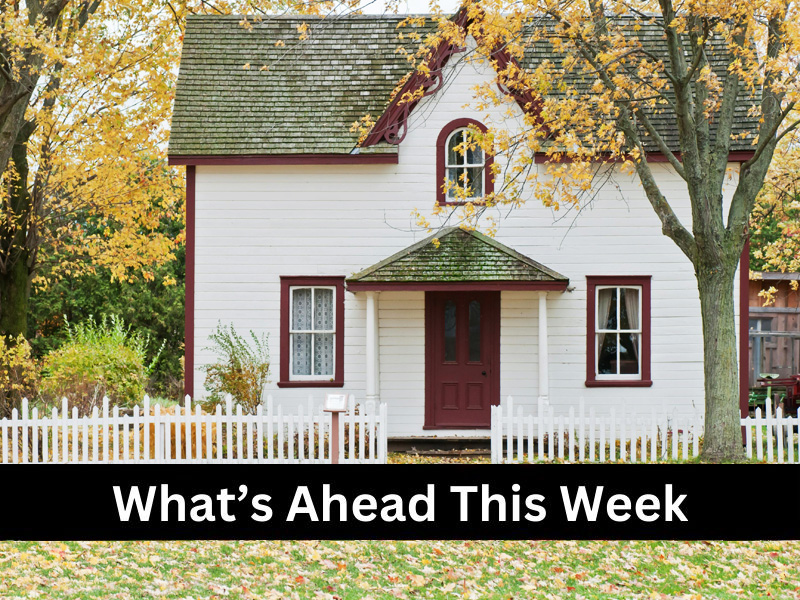
Due to the government shutdown, nearly all reports will be delayed aside from a few third party reports. The Consumer Sentiment report has been released on time and shows that consumers are still frustrated with the economy and increasingly high inflation. It is unknown when the government shutdown will end and when we will be seeing reports released again in a timely fashion. Interest rates will still be continued to be adjusted amidst the government shutdown.
Consumer Sentiment
Americans have soured on the prospect of finding new jobs, a new survey shows. They are also still frustrated by persistent inflation, giving them little confidence that the economy will improve soon. The first reading of the consumer sentiment survey in October was basically flat at 55.0, the University of Michigan said Friday. The index has been hovering at levels that are typically experienced during recessions.
Primary Mortgage Market Survey Index
• 15-Yr FRM rates saw a decrease of -0.02% for this week, with the current rate at 5.53%
• 30-Yr FRM rates saw a decrease of -0.04% for this week, with the current rate at 6.30%
MND Rate Index
• 30-Yr FHA rates saw no change for this week. Current rates at 6.03%
• 30-Yr VA rates saw a decrease of -0.01% for this week. Current rates at 6.04%
Jobless Claims
Initial Claims were reported to be delayed until further notice.
What’s Ahead
The CPI and PPI — key inflation reports — are tentatively scheduled to be released.
 Not all homes spend weeks on the market waiting for buyers. Some properties sell before they are listed on the Multiple Listing Service, also known as pocket or off-market sales. Understanding why this happens can help buyers and sellers navigate the real estate landscape more strategically and take advantage of opportunities that are not publicly advertised.
Not all homes spend weeks on the market waiting for buyers. Some properties sell before they are listed on the Multiple Listing Service, also known as pocket or off-market sales. Understanding why this happens can help buyers and sellers navigate the real estate landscape more strategically and take advantage of opportunities that are not publicly advertised. Selling a home can feel straightforward, but many homeowners are surprised by the hidden costs that can affect their bottom line. Beyond the agentís commission and mortgage payoff, a variety of expenses can accumulate during the selling process. Understanding these costs ahead of time ensures you are financially prepared and helps avoid surprises at closing.
Selling a home can feel straightforward, but many homeowners are surprised by the hidden costs that can affect their bottom line. Beyond the agentís commission and mortgage payoff, a variety of expenses can accumulate during the selling process. Understanding these costs ahead of time ensures you are financially prepared and helps avoid surprises at closing. Selling a home in today’s market is about more than location and curb appeal. Smart home technology can significantly impact how quickly a property sells and at what price. Buyers increasingly value convenience, energy efficiency, and connectivity, making smart features a selling point that can set your home apart from others on the market.
Selling a home in today’s market is about more than location and curb appeal. Smart home technology can significantly impact how quickly a property sells and at what price. Buyers increasingly value convenience, energy efficiency, and connectivity, making smart features a selling point that can set your home apart from others on the market. Choosing where to buy a home is as important as selecting the property itself. Master-planned communities offer a thoughtfully designed living experience, with a focus on amenities, safety, and long-term value. These communities can provide homeowners with lifestyle advantages, convenience, and a sense of belonging that may not be found in traditional neighborhoods.
Choosing where to buy a home is as important as selecting the property itself. Master-planned communities offer a thoughtfully designed living experience, with a focus on amenities, safety, and long-term value. These communities can provide homeowners with lifestyle advantages, convenience, and a sense of belonging that may not be found in traditional neighborhoods.
 Buying a home is one of the most significant financial and emotional decisions many people will make. While excitement can sometimes cloud judgment, careful planning and informed decision-making can help you purchase a home you truly love and avoid regrets. Understanding what matters most, balancing emotions with logic, and working with trusted professionals are key steps in the process.
Buying a home is one of the most significant financial and emotional decisions many people will make. While excitement can sometimes cloud judgment, careful planning and informed decision-making can help you purchase a home you truly love and avoid regrets. Understanding what matters most, balancing emotions with logic, and working with trusted professionals are key steps in the process. Buying a home is exciting, but the process comes with important legal documents that require careful attention. Your home purchase agreement is one of the most critical papers you will sign, outlining the terms of your offer, contingencies, and obligations as a buyer. Understanding this agreement ensures you protect your interests, avoid surprises, and navigate the transaction with confidence.
Buying a home is exciting, but the process comes with important legal documents that require careful attention. Your home purchase agreement is one of the most critical papers you will sign, outlining the terms of your offer, contingencies, and obligations as a buyer. Understanding this agreement ensures you protect your interests, avoid surprises, and navigate the transaction with confidence. When buying a home, understanding the role of an earnest money deposit can make the difference between a smooth transaction and unnecessary stress. Earnest money shows a seller that you are serious about purchasing their property, and it often plays a key role in negotiating and securing your dream home. Knowing how it works, how much to offer, and what can happen to your deposit is essential for any buyer.
When buying a home, understanding the role of an earnest money deposit can make the difference between a smooth transaction and unnecessary stress. Earnest money shows a seller that you are serious about purchasing their property, and it often plays a key role in negotiating and securing your dream home. Knowing how it works, how much to offer, and what can happen to your deposit is essential for any buyer.
